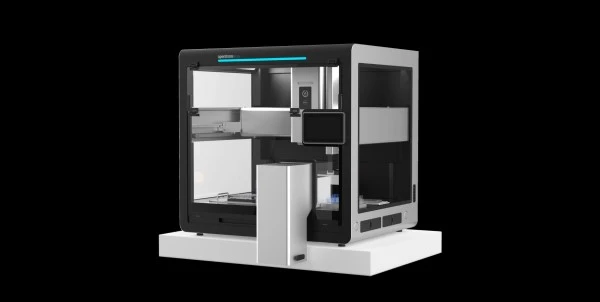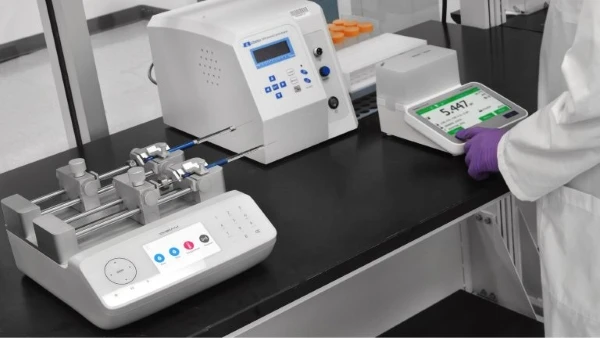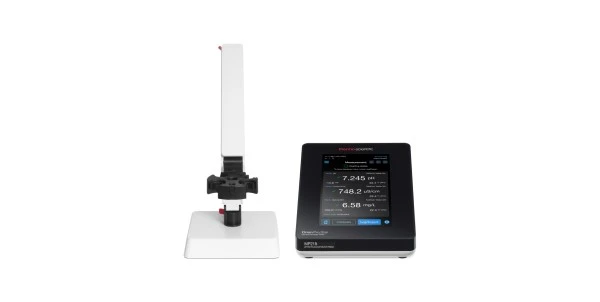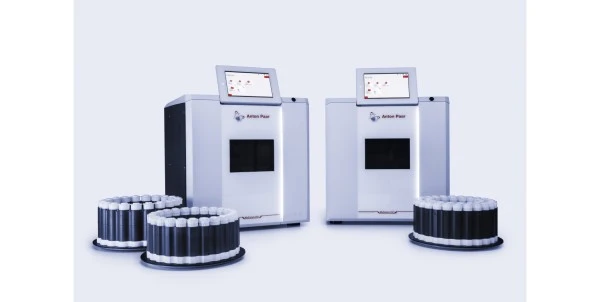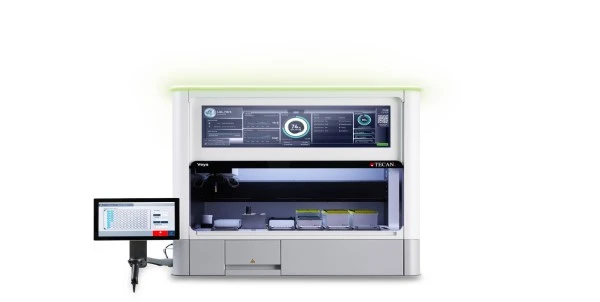
Best Practices for Unprocessed Cannabis and Extract Preservation
The proper storage methods are essential to maximize cannabis quality and market value
To many cannabis processors, the harvest season presents a particular challenge. Crops arrive, and extractors are immediately overwhelmed with orders. Enlisting these extractors comes at a premium cost, making this part of the equation a steep expense. At the same time, the market can become flooded with fresh cannabis, making it less than ideal from a product value standpoint.
 For these reasons, cannabis producers often seek to
preserve their harvested crop until the market is more favorable and extractor
services are more reasonable. The problem is raw plant material such as cannabis flower can
only be stored for 1-3 months, post−harvest, when using
traditional drying practices. Properly
curing to remove moisture can extend the shelf life to 6 months or more. However, determining
the best cannabis preservation methods during the time between harvest and
processing remains challenging.
For these reasons, cannabis producers often seek to
preserve their harvested crop until the market is more favorable and extractor
services are more reasonable. The problem is raw plant material such as cannabis flower can
only be stored for 1-3 months, post−harvest, when using
traditional drying practices. Properly
curing to remove moisture can extend the shelf life to 6 months or more. However, determining
the best cannabis preservation methods during the time between harvest and
processing remains challenging.
Preservation techniques
with questionable results
This preservation problem affects, not just the producers’ bottom line, but also the volatility of the cannabis industry. As a perishable material with a relatively short shelf life, many producers do not have reserves on hand to release to the market when conditions are more profitable. Inadequate cannabis storage can lead to loss of potency, aroma, and quality, and dramatically affect extraction efficiencies and yields1,3. It is, therefore, essential to select the best practices for cannabis preservation.
Some producers store dried or cured cannabis flower in air-tight containers under temperature-controlled conditions1. Furthermore, light exposure is typically controlled or limited for cannabis flower1. Research has shown that moisture permeability and elevated temperature can damage cannabis, with air oxidation as a leading contributor to quality degradation2,3. Therefore, some producers prefer to infuse nitrogen gas (N2) into the air−tight containers before sealing to prevent oxidation.
There are still no standard practices in the field, and some processors make the mistake of not using a vacuum to properly remove humid air from the material prior to sealing3. Without these steps, there is no way of knowing whether successful preservation has taken place. The only readout is the resulting loss of quality crop and the potential expense of entire harvests.
A better method for raw material preservation
Overlaying cannabis with gas to prevent oxidation before sealing the vessel is a viable option and one that is gaining in popularity. However, N2 may not be the ideal solution for the following reasons. Firstly, N2 is less dense than air and will float above or readily mix with air inside a sealed vessel unless pressurized. Secondly, using N2 may require extensive active monitoring to ensure elevated and pressurized N2 levels to prevent oxidation.
Argon gas (Ar) may prove to be a better alternative for preserving raw cannabis. Ar is denser than air, so it sinks and forms a layer of gas between the cannabis flower and the air above. Since Ar is an inert gas, it does not react with oxygen, nitrogen, or carbon dioxide, and it is relatively inexpensive and readily available. Lastly, layering Ar on top of cannabis is straightforward and does not require specialized equipment, such as pressurized systems or active gas monitoring.
Automation in filling and capping vape cartridges
Preservation is also a huge challenge when it comes to storing processed cannabis extracts. Filling vape cartridges (vape carts) with precise amounts of extract, such as live resin4, can be fraught with inaccuracies and imprecision, mainly due to the material’s high viscosity and the chosen filling process.
Once filled, properly capping the vape carts is crucial to prevent oxidation and maintain the quality and potency of the concentrate. Sealing the vape carts also protects the oil from airborne contaminants and moisture, which can alter cannabinoid and terpene content. Furthermore, sealing prevents expansion and contraction due to temperature changes, preventing leakage. If not properly addressed, all of these factors can challenge product quality control and, in turn, the value of the product.
The integration of automated filling and capping systems5 eliminates the difficulties and variability in cannabis product manufacturing. Technological advances in automated filling and capping have taken the burden off traditional time and labor-intensive processes, which are fraught with error, inconsistencies, and product loss. With automated solutions, processors can now achieve higher throughput and quality control, thereby increasing the bottom line.
The real value of successful cannabis preservation
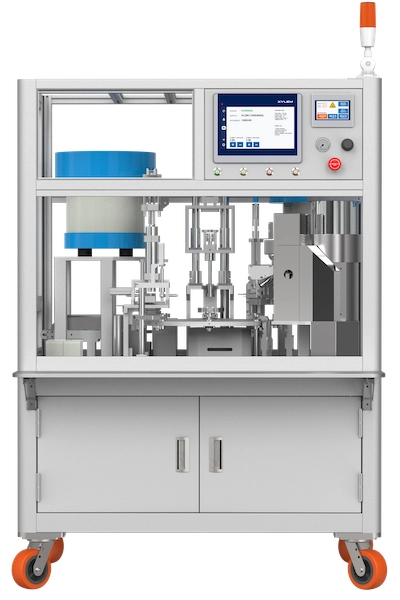 Understanding the chemistry of
material preservation and the right storage environment is key to unlocking the
long-term potential of cannabis.
Understanding the chemistry of
material preservation and the right storage environment is key to unlocking the
long-term potential of cannabis.
In the short term, using Ar as a blanket of protection may allow processors to store raw material for months to years. This may provide options to divide the materials into different streams for processing or take the entire batch to the extractor when the time is right. Reliable preservation allows for the opportunity to maximize the financial potential of each crop harvest. With unpredictable growth and market conditions, this should provide substantial peace of mind.
Automated filling and capping systems allow processors to preserve the integrity of valuable extracts, such as live resin, which require significant resources during upstream processing. Inconsistencies in capping can lead to degradation and loss of quality, which can result in a product that is either unfit for sale or greatly diminished in value.
Shown is the Xylem X4 Automated Cart Filling Machine
Outlook
The cannabis market experiences a boom each year during the harvest season, which floods the landscape with fresh product. As the market becomes saturated and conditions become challenging from a supply and demand perspective, growers anxiously look for ways to preserve their stash for when the time is right financially.
The right preservation techniques, either during post-harvest or the extraction stage, may go much further than minimizing risk and maximizing market value. Successful preservation can potentially open entirely new markets and possibilities. For instance, “vintage cannabis," rich with the qualities of a banner year and desirable flavor characteristics, or “aged cannabis,” which has been preserved with infusions to enhance its flavor profile. These far-out possibilities can become reality with the advent of successful preservation strategies to ensure the quality of cannabis during processing.
Published in partnership with Xylem technologies.
References:
1. https://mjbizdaily.com/how-to-dry-and-cure-cannabis-to-ensure-quality-shelf-life/
2. https://academic.oup.com/jpp/article-abstract/28/1/1/6196321
3. https://www.mdpi.com/2306-5354/9/8/364
4. https://www.labx.com/resources/important-considerations-for-processing-live-resin-for-vaporizer-infusion-and-concentrat/4519
5. https://xylemtech.com/automated-cart-filling-machine/
